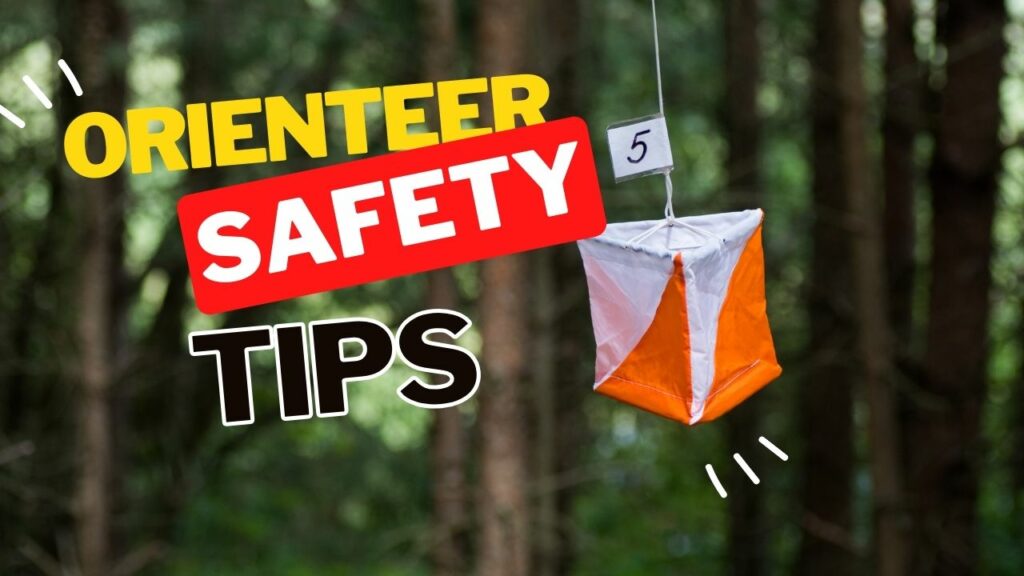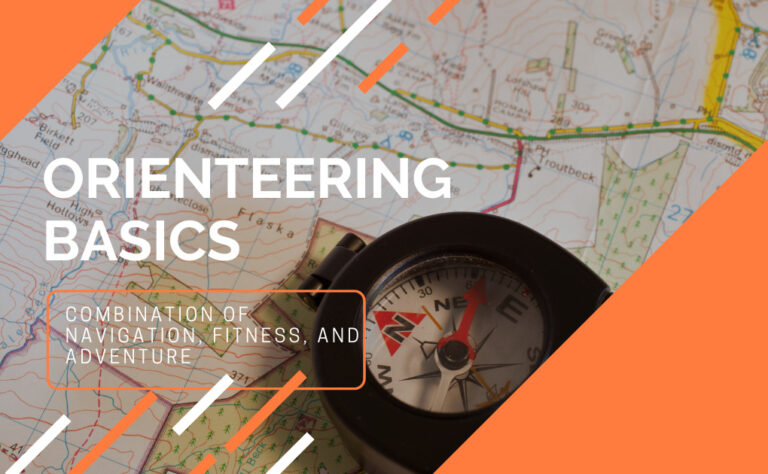Orienteering Safety Tips: For Beginners To Play Safely in 2024
Orienteering Safety Tips: Navigating Your Way to a Secure AdventureAre you an adventure seeker, always on the lookout for new and exciting outdoor activities? If so, then orienteering might just be the perfect sport for you! Orienteering combines the thrill of navigation with the beauty of nature, making it a favorite pastime for many outdoor enthusiasts.

Orienteering Safety Tips
However, like any outdoor activity, orienteering comes with its own set of risks and challenges. That’s why it’s essential to prioritize safety while embarking on your orienteering adventures. Whether you’re a beginner or a seasoned pro, these orienteering safety tips will help ensure that your experience is not only thrilling but also secure.
Be Prepared
Before heading out on your orienteering journey, take the time to prepare yourself adequately. Familiarize yourself with the area you’ll be exploring, study maps and compasses, and understand the route you’ll be taking. Additionally, pack essential items such as a first aid kit, extra food and water, appropriate clothing, and emergency supplies. Being well-prepared ensures that you’re ready for any unexpected situations that may arise.
Buddy System
Orienteering is best enjoyed with a group of like-minded individuals. Not only does it enhance the overall experience, but it also adds an extra layer of safety. Always opt for orienteering with a buddy or in a group. Having someone by your side ensures that you can watch out for each other, provide support, and help in case of emergencies.
Safety Equipment
Investing in the right safety equipment is crucial for a safe orienteering experience. A reliable compass, whistle, headlamp, and a fully charged mobile phone can be lifesavers in challenging situations. These tools will not only help you navigate but also assist in signaling for help if needed.
Also Read Orienteering basics
Dress Appropriately
Weather conditions can change unexpectedly, especially when you’re out in nature. Dressing appropriately for the weather is essential to stay safe and comfortable. Layer your clothing to accommodate temperature fluctuations, wear sturdy and comfortable footwear, and protect yourself from the sun with a hat and sunscreen. Don’t forget to pack a waterproof jacket in case of rain or sudden weather changes.
Stay Hydrated and Nourished
Orienteering can be physically demanding, requiring stamina and energy. Stay hydrated by carrying enough water with you and replenishing your fluids regularly. Snack on energy-rich foods to keep your energy levels up throughout the day. Adequate hydration and nutrition will help prevent fatigue and keep you focused on the task at hand.
Stay on Marked Trails
While orienteering may involve venturing off the beaten path, it’s crucial to stay on marked trails as much as possible. Straying too far into unknown territory can increase the chances of getting lost or encountering dangerous terrain. Follow the designated routes and use your map and compass to navigate through the course safely.
Communicate Your Plans
Before embarking on your orienteering adventure, inform someone you trust about your plans. Share your intended route, expected duration, and the time you should be back. This way, if an emergency arises, someone will be aware of your whereabouts and can alert authorities if necessary.
Trust Your Instincts
One of the most vital orienteering safety tips is to trust your instincts. If something doesn’t feel right or seems unsafe, listen to your gut and make the necessary adjustments. Your intuition is a powerful tool in keeping you out of harm’s way.
Important Points to be Considered
Orienteering is an exciting outdoor activity that involves navigating through unfamiliar terrain using a map and compass. Whether you are a beginner or an experienced orienteer, there are certain important points to consider before embarking on your orienteering adventure. In this blog post, we will highlight some key factors that can greatly enhance your orienteering experience and ensure your safety.
Familiarize Yourself with the Area
Before you start your orienteering activity, take the time to study the map and understand the terrain you will be navigating. Identify prominent landmarks, such as hills, rivers, and trails, that will help you orient yourself during the course. Familiarize yourself with the symbols and markings on the map to ensure you can interpret them accurately.
Plan Your Route
Once you have studied the map, plan your route accordingly. Consider factors such as distance, elevation changes, and difficulty level. Assess your own skill level and physical fitness to choose a route that suits your abilities. It’s also a good idea to have alternative routes in mind, in case you encounter unexpected obstacles along the way.
Check the Weather
Weather conditions can greatly impact your orienteering experience. Before heading out, check the weather forecast for the day. Be prepared for changes in weather and ensure you have the appropriate clothing and gear. If the weather conditions are severe, it may be wise to postpone your orienteering activity to a safer day.
Inform Others
Always inform someone about your orienteering plans. Share your route, expected time of return, and emergency contact information with a trusted person. This is crucial for your safety, as it ensures that someone knows where you are and can initiate a search or rescue operation if necessary.
Carry Essential Equipment
When participating in orienteering, it’s important to carry essential equipment with you. This includes a compass, map, whistle, first aid kit, extra clothing layers, food, and water. These items will not only assist you in navigating the course but also ensure your safety in case of unexpected emergencies.
Be Mindful of Safety
Safety should always be a top priority during any outdoor activity. Stay alert and aware of your surroundings at all times. Watch out for potential hazards such as steep cliffs, slippery terrain, or unstable surfaces. Take caution when crossing rivers or streams and use appropriate safety measures such as ropes or life jackets if necessary.
Start Slowly
If you are new to orienteering, it’s best to start with easier courses and gradually increase the difficulty level as you gain experience. This will allow you to develop your navigation skills and build confidence in your abilities. Remember, orienteering is a challenging activity that requires practice and patience.
Respect Nature and Leave No Trace
As you explore the outdoors during your orienteering activity, it’s essential to respect the environment and leave no trace behind. Avoid trampling on vegetation, stay on designated trails, and follow any specific guidelines for the area you are in. Leave the natural surroundings as you found them, so others can enjoy them too.
Orienteering is an exhilarating activity that allows you to explore nature while putting your navigation skills to the test. By following these orienteering safety tips, you can ensure that your adventures are not only exciting but also safe. Remember, safety should always be a priority, and with the right precautions in place, you can enjoy orienteering to the fullest. So, grab your map, compass, and sense of adventure, and embark on a thrilling orienteering journey today!

